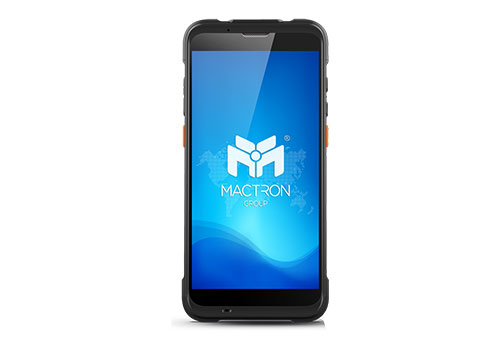In the era of advancing technology, wireless communication technologies are continually evolving and playing a pivotal role in various industries. Among these, RFID (Radio-Frequency Identification) and NFC (Near Field Communication) are two intriguing technologies, and their applications in the IPC (Interconnect Printed Circuit) industry are noteworthy. This article will introduce the characteristics of RFID and NFC frequencies and explore the applications of UHF RFID in the IPC industry.
RFID Frequency Bands and Their Relation to NFC

- Low Frequency (LF):
Frequency Range: 125 kHz to 134.2 kHz.
Characteristics: LF RFID systems are typically used for close-range identification applications with shorter reading ranges and slower communication speeds. These systems have good resistance to interference from metals and liquids, making them suitable for applications like animal tagging and access control.
- High Frequency (HF):
Frequency Range: 13.56 MHz.
Characteristics: HF RFID systems have longer reading ranges and faster communication speeds. They are commonly used for near-field identification applications such as smart cards, library management, and payment systems.
- Ultra High Frequency (UHF):
Frequency Range: 860 MHz to 960 MHz.
Characteristics: UHF RFID systems offer very long reading ranges and the ability to read multiple tags simultaneously. They are widely used in logistics, supply chain management, inventory tracking, and the retail industry.
- Microwave Frequencies:
Frequency Range: 2.45 GHz, 5.8 GHz, and others.
Characteristics: Microwave RFID systems are used for specific applications like highway toll collection, aircraft parts tracking, and medical equipment tracking. They typically have higher reading ranges and communication speeds.
- NFC (Near Field Communication):
Frequency Range: 13.56 MHz (same as HF RFID).
Characteristics: NFC is a short-range communication technology based on RFID, commonly used in smartphones, smart cards, access systems, and payment applications. NFC allows devices to communicate and exchange data at very close distances, typically not exceeding 10 centimeters. NFC technology is built upon the HF RFID standard, so they share similarities.
Application of UHF RFID in the IPC Industry

Application of UHF RFID in the IPC Industry UHF RFID (Ultra High-Frequency Radio-Frequency Identification) plays a significant role in the IPC (Interconnect Printed Circuit) industry, enhancing production efficiency, quality control, and asset management. Below are some key applications of UHF RFID in the IPC industry:
- Production Tracking and Control:
UHF RFID can be used to track the manufacturing process of printed circuit boards. Each printed circuit board can be equipped with a UHF RFID tag that is read throughout the manufacturing process. This allows for real-time production tracking, ensuring that each step is carried out as planned and tracking the production status. - Inventory Management:
IPC manufacturers often deal with large inventories, including raw materials, finished products, and components. Using UHF RFID tags enables automated inventory management, including inventory tracking, stocktaking, and replenishment. This helps reduce inventory losses and improves inventory accuracy. - Quality Control:
UHF RFID can be utilized to track quality data for printed circuit boards. Tags on each board can contain relevant quality data such as production dates, test results, and inspection records. This helps ensure that products meet quality standards and tracks any potential quality issues. - Asset Management:
IPC manufacturers possess a significant number of production equipment and tools. Using UHF RFID tags enables effective management and tracking of these assets. This includes recording the location, status, and maintenance records of equipment to ensure they are in optimal working condition. - Anti-Counterfeiting and Traceability:
UHF RFID tags can be used to prevent counterfeiting and trace products. This is crucial for the IPC industry, which adheres to high standards and regulations. Each printed circuit board can have a unique identifier, ensuring its authenticity and allowing for the tracking of product origins and history records.
Overall
In summary, UHF RFID technology provides effective tools for production tracking, inventory management, quality control, and asset management in the IPC industry. It helps improve production efficiency, reduce costs, enhance quality, and ensure compliance with industry standards and regulations. These applications enable IPC manufacturers to better manage their production processes and deliver higher-quality products.


Check out MACTRON GROUP(MTG)’s MCA Series. Our Commercial Grade Android Mobile Tablet PC. Our UHF RFID has a maximum reading distance of 15 meters. Whether you are in the warehousing industry, logistics industry, or even a jeweler, this can definitely be a weapon for your business.
